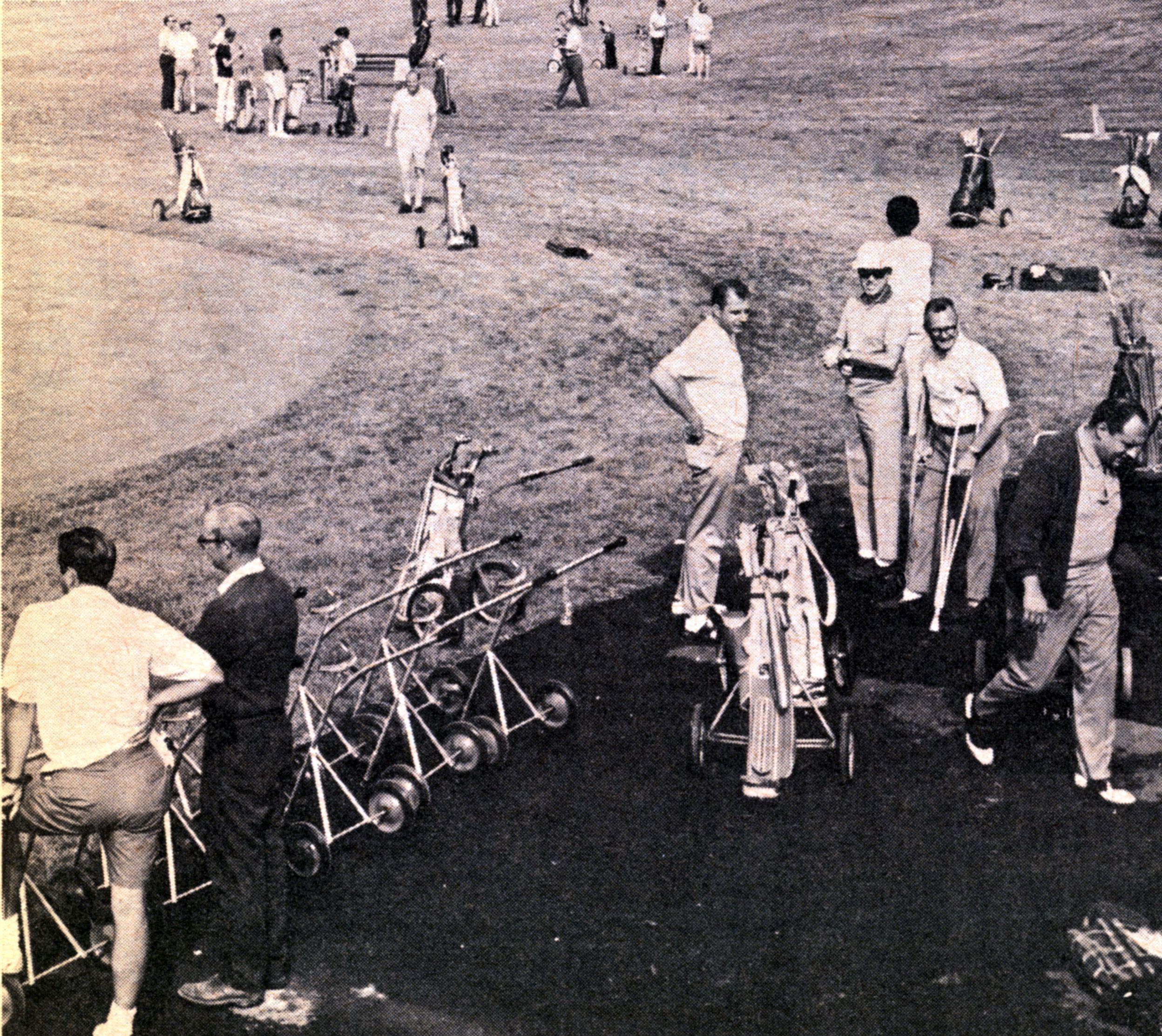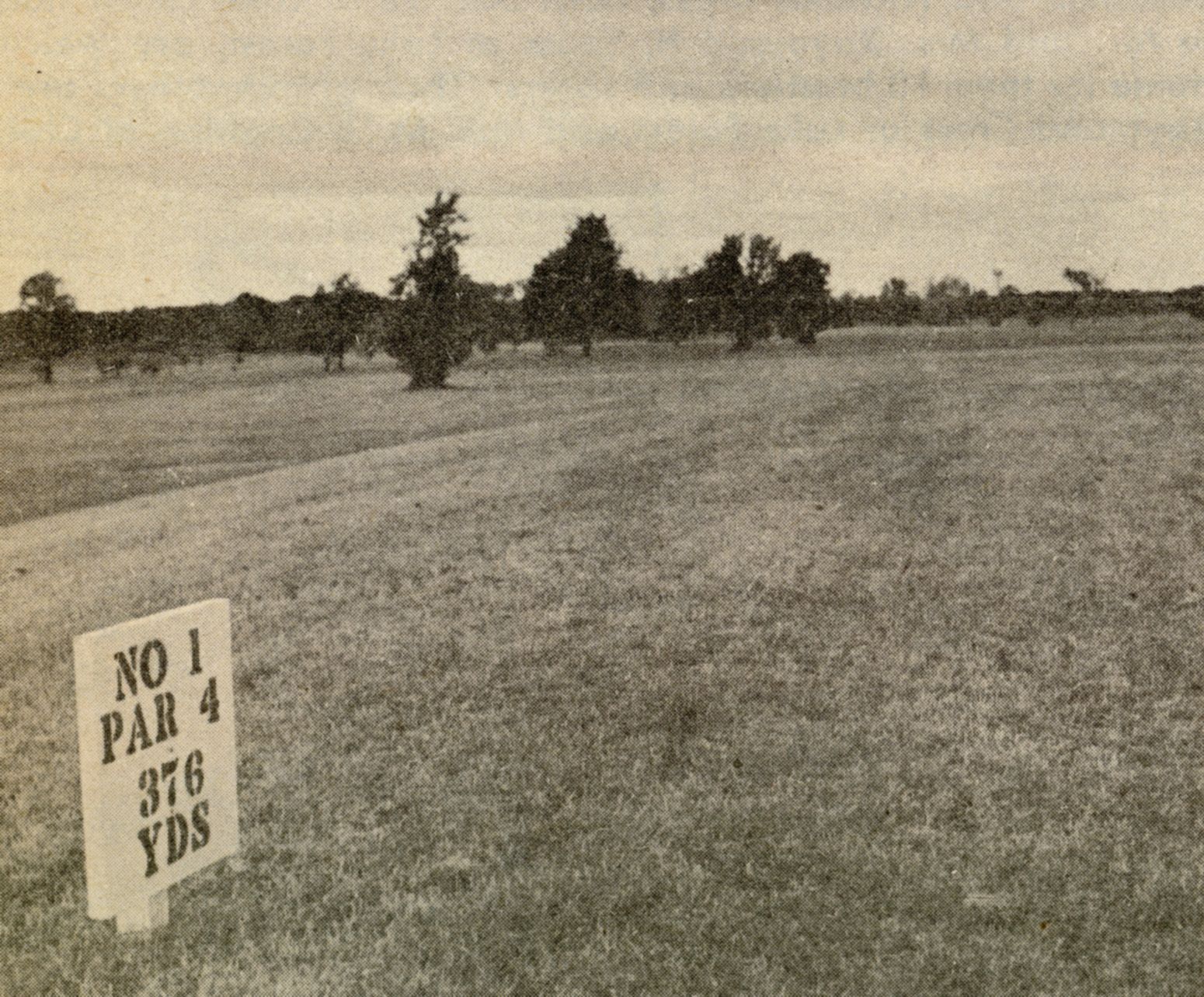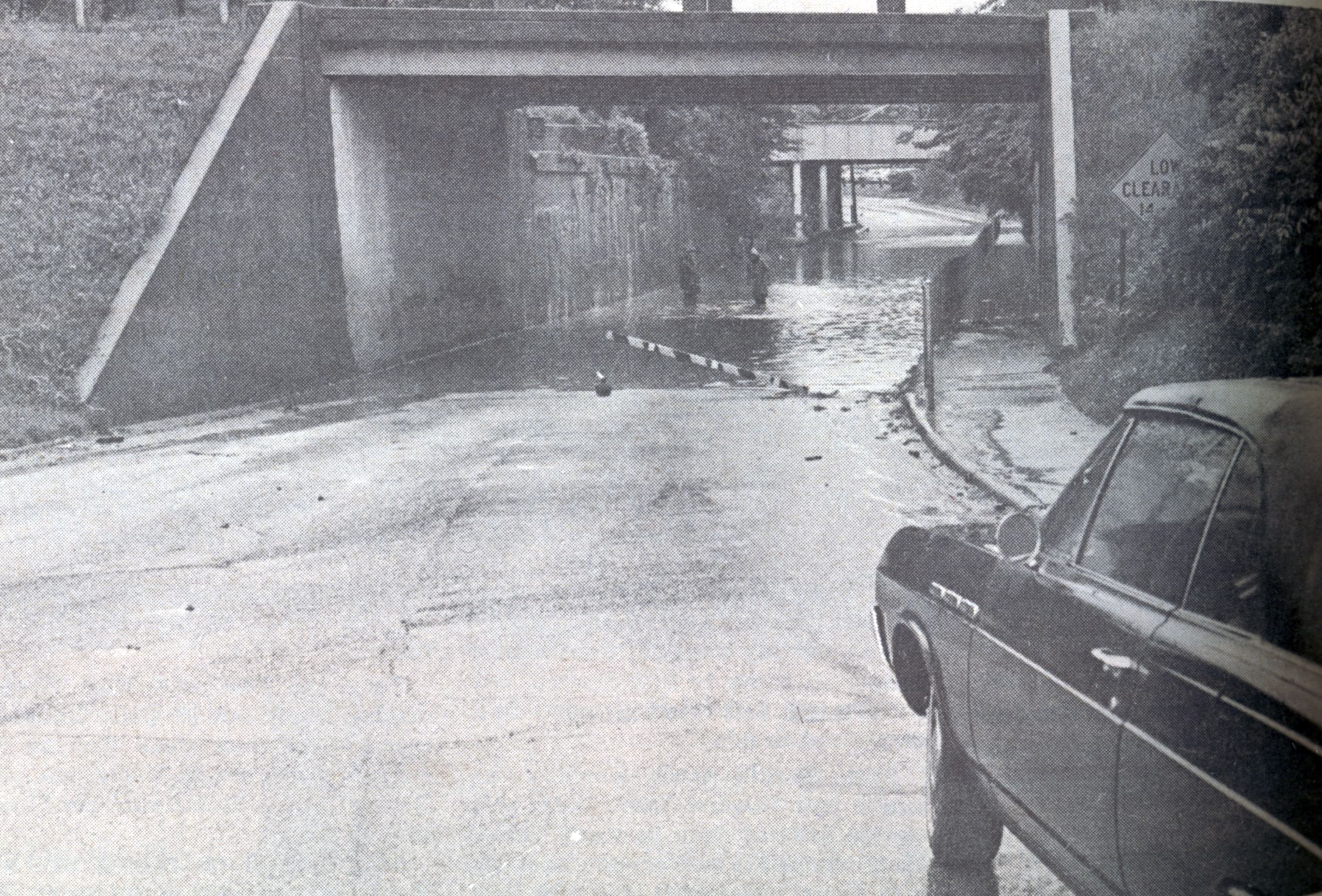Lake Bluff Golf Club: Public Recreation

Three 1960s’ themes—suburban sprawl, public recreation, and government projects—all came to the fore in the development of the Lake Bluff Golf Club. In the early part of the decade, plans surfaced for a low-cost housing development on an area floodplain. Dissenting Lake Bluff residents tried a variety of strategies to stop this scheme.

Following Herculean efforts by local officials, in 1965 Lake Bluff became one of three golf courses in the nation to be funded by the Department of Housing and Urban Development (HUD), and the only one to successfully pay off its loan, which it did in 2005.
The course was designed by the Winnetka recreation firm McFadzean and Everly, and was their first and only golf course. The clubhouse was built in 1981, designed by Hal Steed. It replaced the former “bunker” clubhouse, an underground structure built into the side of the first tee.

While golf is intended to be a battle with nature and the elements, at the Lake Bluff Golf Club over the years it has turned into more of a war. The course was constructed on an area floodplain in 1968, and has been devising ways to deal with its soggy locale ever since. After falling short of the targeted number of rounds in the course’s first few seasons due to flooding, the Park District hired engineer Stewart Anderson to utilize the unique features of a golf course to serve as flood control. (Precedent for this had been set by Glen Ellyn’s Village Links in 1959.) The resulting series of ponds, berms and drainage ditches served the purpose until a 100-year flood in September 1986 overwhelmed the course’s defenses, putting over 140 acres underwater for more than three weeks. Some progress did come of the disaster, though, as the club was inspired in its wake to change its original bluegrass fairways to bent grass.